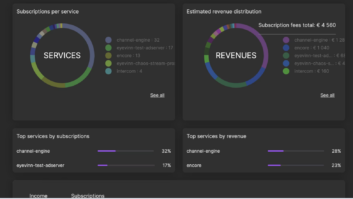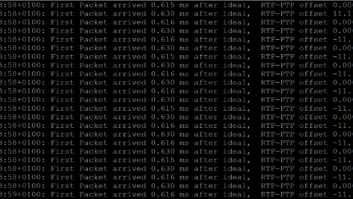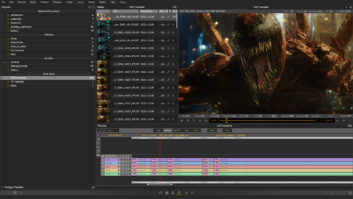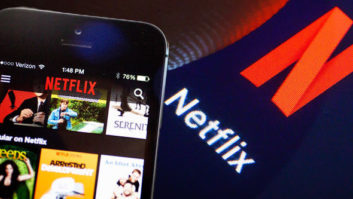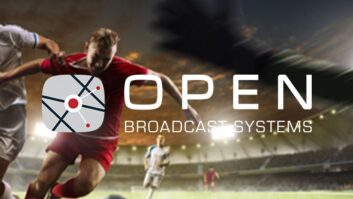Whether distributing live sports, an episodic series, film, or a combination thereof, content providers are always on the lookout for ways to make the viewer experience more enjoyable. To date this has prompted experimentation with video technology that supports higher resolutions and frame rates, high dynamic range, integrated analytics, low latency, and more. A premium audience experience is crucial where competition for viewers is fierce as new players continue to surface. While several approaches exist to enhance the quality of live and on-demand video services and create consistency across the viewing experience, the media and entertainment (M&E) industry is seeking out answers in open source technology.
In brief, open source software is source code that is made available for public consumption and modification. Its origins predate Y2K, with Netscape’s release of the source code for its Navigator browser in the 1990s one of the first. Since then, the open source movement has gained momentum and foundations dedicated to promoting and supporting it have emerged, such as the Linux Foundation, Apache Software Foundation and Open Source Initiative. As the movement has gained traction, it’s become standard practice for modern technology companies to make components of their software available via open source, and/or leverage open source code to accelerate their own technology and workflows.
Open source has caught on rapidly because it helps accelerate innovation as it lets developers gain access to the code and gives them the ability to modify it for their purpose and distribute it with their solution. These traits of view, modify, and distribute are the three freedoms of open source software. Additionally, open source software gives companies more flexibility and lower switching costs as compared to legacy proprietary vendors.
M&E, and the broadcast and OTT markets in particular, have also begun to adopt open source software. Across content creation and delivery, companies are harnessing open source code to accelerate the delivery of new and improved services to their customers. For instance, some of the biggest streaming customers using AWS have integrated Media Services Application Mapper (MSAM) open source code into their network and monitoring pipelines, and customised it to suit their environments, developments that have helped enhance video experiences for their audiences.
MSAM is an open source software package for monitoring live TV channels in the Cloud. When an issue arises, its built-in alarms alert teams and pinpoint the location of the problem. This allows them to identify and correct the video path far more quickly than using manual methods like logs. When deploying content at scale, such as spinning up a new service on a network with 150 channels, the benefits of being able to visualise the video path throughout the entire chain with MSAM are especially apparent and key to supporting more reliable video streams. While most of the implementations to date have been built on AWS, MSAM is available on Github, and there are many reasons it could also be leveraged similarly to improve network or CDN monitoring solutions being built by other companies.
Beyond MSAM, AWS is developing thousands of other open source projects, often in collaboration with other parties, to help advance the larger M&E technology landscape and ultimately benefit the end-user audience. However, building an open source community takes time, resources, and a dedicated outreach programme to bring awareness to new developments, from showcasing it at tradeshows and virtual events to customer demos, and more. That said, the efforts are well worth the results, and we expect to see momentum for open source continue to build in this industry, as it helps the teams behind-the-scenes innovate and drive the audience experience to new heights.
